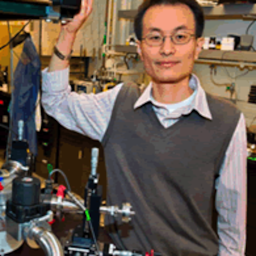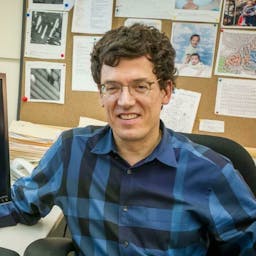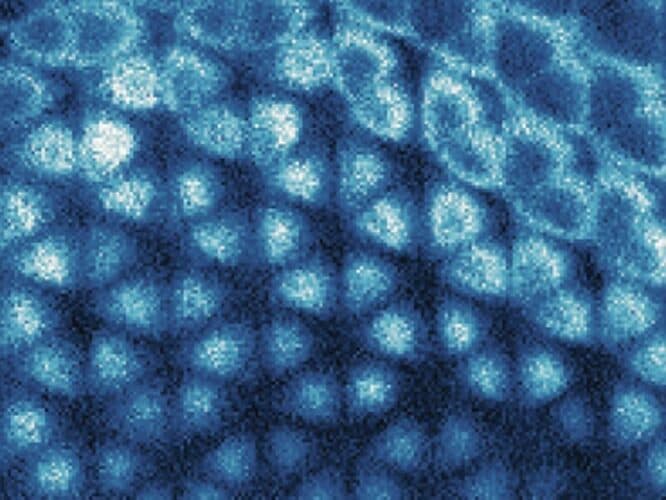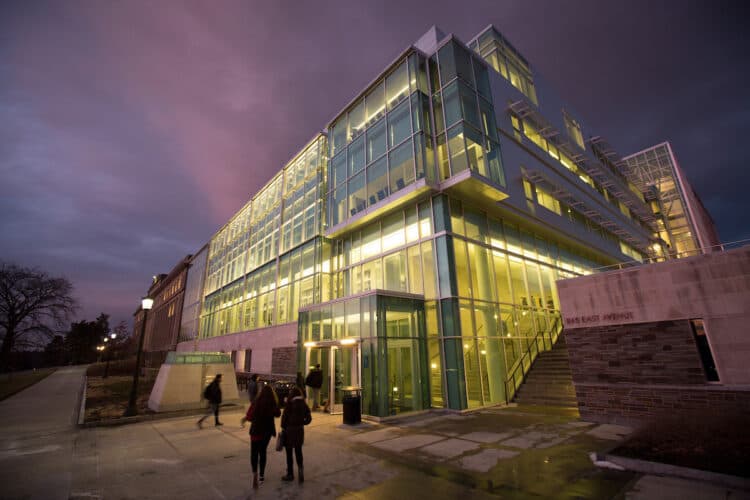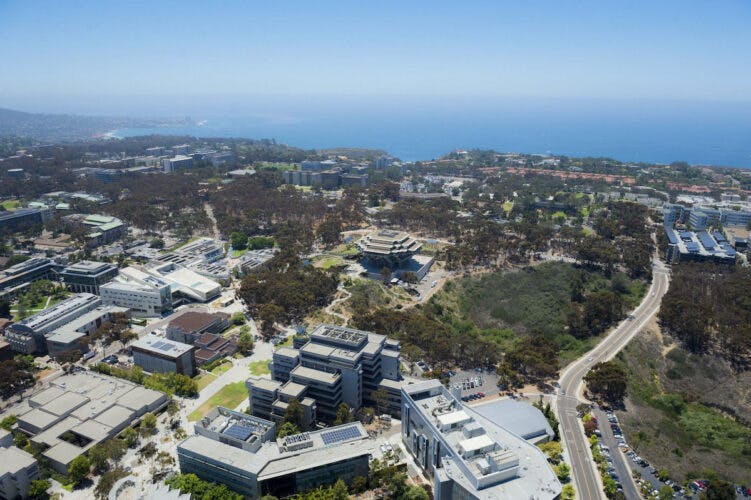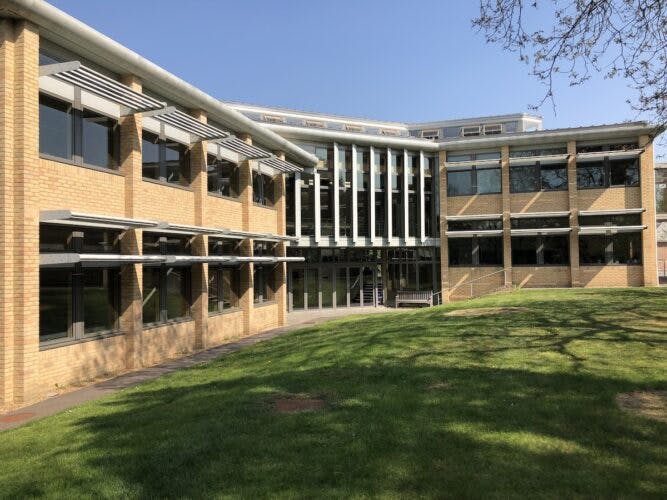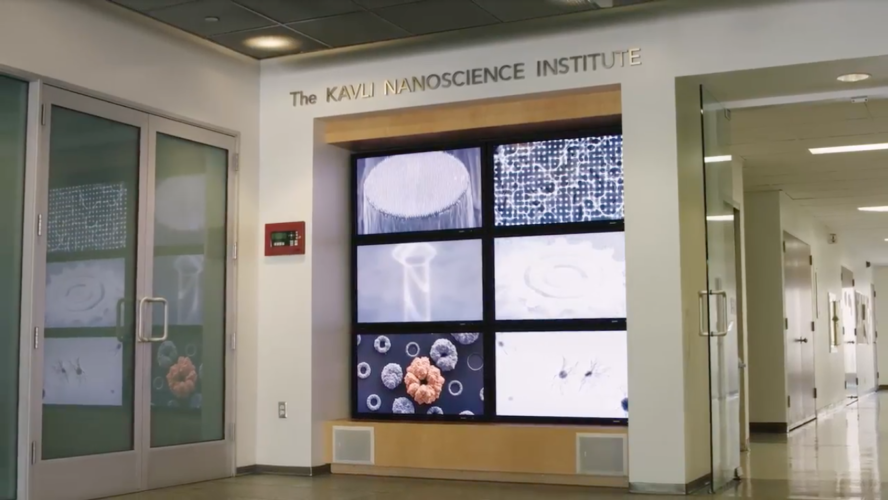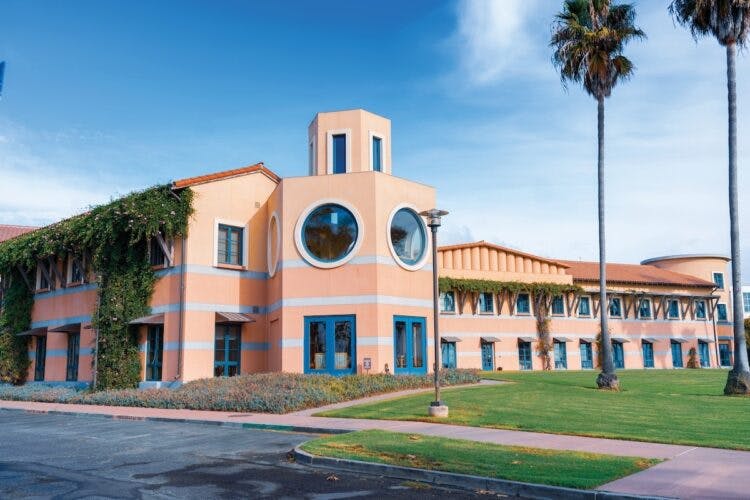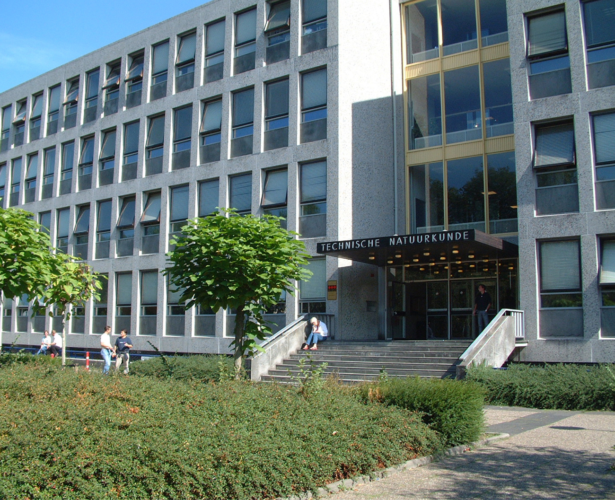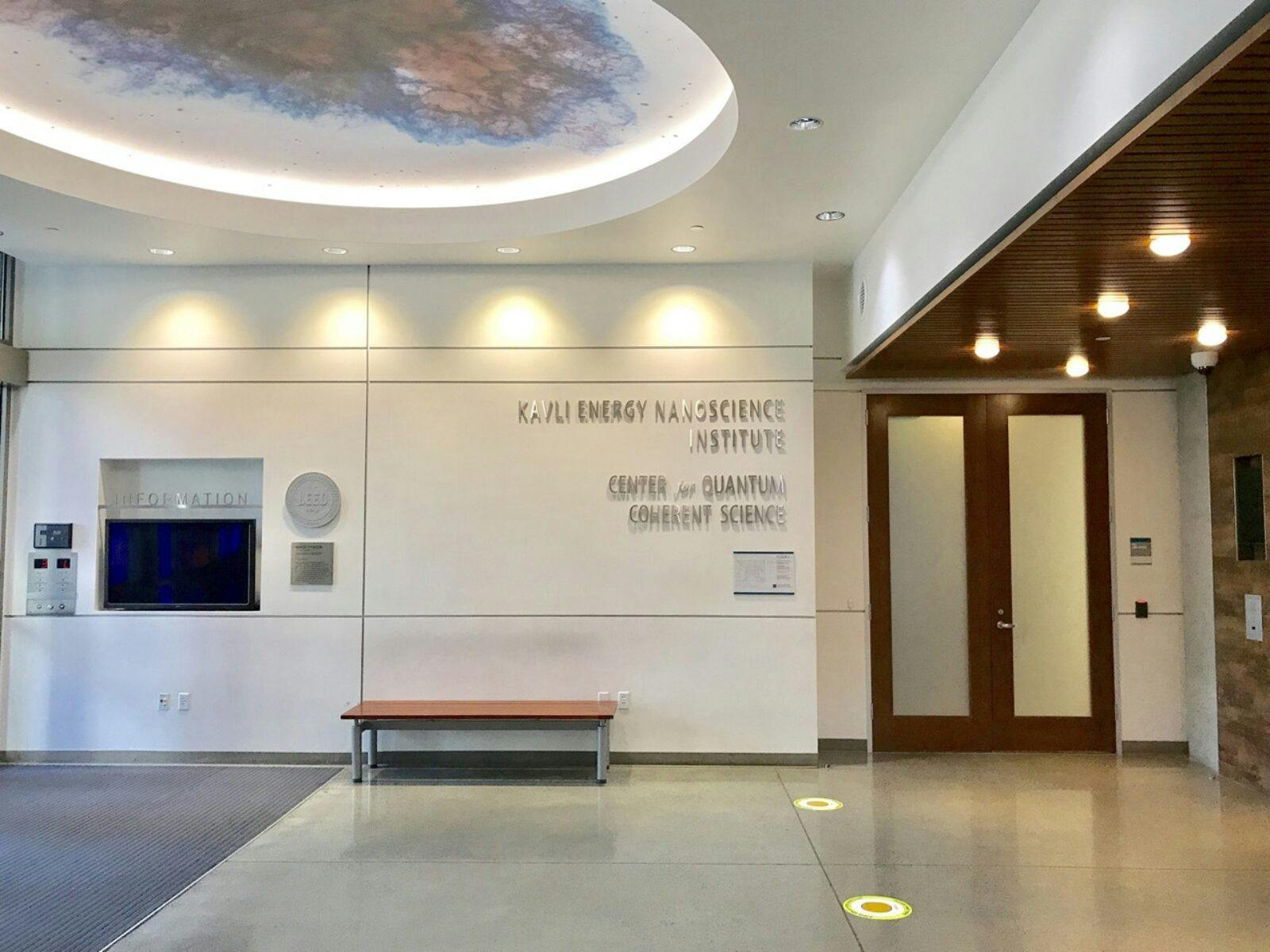
University of California, BerkeleyKavli Energy NanoScience Institute
Studying how nature manages energy at the nanoscale
The Kavli Energy NanoScience Institute (Kavli ENSI) brings together leaders in energy research and the measurement and manipulation of matter at the nanoscale from the University of California, Berkeley, and the Lawrence Berkeley National Laboratory. Together they are developing entirely new ways to capture, store, and harness energy for the world’s growing population.
FOUNDED 2013
Leadership
AREAS OF INQUIRY
- NANOSCALE MOTORS: Our bodies are filled with nanomachines that do everything from contract muscles to synthesize and fold proteins into useful shapes. These nanomotors differ greatly from conventional motors, where heat might push a piston as it flows from hot to cold zones. Nanomachines, however, operate within a narrow temperature range and must generate power from energy fluctuations inherent at the nanoscale. The Kavli ENSI wants to discover how nanomotors take advantage of these fluctuations to achieve such high thermal efficiencies.
- NANOSCALE CONTROL OF ENERGY FLOW: Photosynthesis converts light into easily retrievable energy stored in chemical bonds. New research shows that the process is even more sophisticated than imagined. For example, recent findings demonstrate that plants take advantage of the quantum nature of light (as particle and wave) for longer than ever thought possible, enabling unusual types of photosynthetic functions. The Kavli ENSI seeks to understand the role of quantum mechanics in photosynthesis to develop more efficient ways to harvest light as energy and fuel.
- THERMAL ENERGY AND CIRCUITRY: At the nanoscale, mechanical vibrations produce quantum particles called phonons, a primary source of heat. Phonons have received far less attention than photons or electrons, yet we may be able to control them with devices that function like transistors, rectifiers and wires. The Kavli ENSI envisions building new thermal circuits from designer nanostructures to transmit, store, control and convert thermal energy.
- CHEMICAL TRANSFORMATIONS AND CATALYSIS: The electrical grid must use whatever electricity solar photovoltaic cells produce because it has no practical way to store it. Nature, on the other hand, stores energy from photosynthesis in rich, dense chemical bonds that it can use as fuel anytime. It makes these high-energy molecules using chemically and structurally complex catalysts, with internal chambers that lock molecules into place during synthesis. A major goal of Kavli ENSI is to learn to create complex networks of artificial catalysts, and use them to produce fuel and other complex molecules.
- ARTIFICIAL ENERGY CONVERSION AND CIRCUITS: Ultimately, Kavli ENSI plans to harness the principles it discovers to create energy circuits with tailored nanoscale components. A potential circuit might, for example, start with nanoscale structure that absorbs light, linked to an element that strips a photon's charge and directs it into a single-molecule catalyst that stores the charge, and use it to forge chemical bonds through processes that occur throughout the entire molecular energy circuit.
Nanoscience Research Highlights
Research highlights from Kavli Nanoscience Institutes
Jun 10, 2022
Nanoscience Research Highlights
Research Highlights from Kavli Nanoscience Institutes
Feb 14, 2022
Neuroscience Research Highlights
Highlights from Kavli Institutes around the world
Dec 16, 2021
Nanoscience Research Highlights
Research highlights from Kavli Institutes in Nanoscience
Dec 16, 2021
Nanoscience Research Highlights
Wigner crystals, acoustic biosensors, accelerators, and more from Kavli Nanoscience Institutes
Oct 08, 2021
More Institutes
At Kavli Institutes around the world, scientists explore the frontiers of science in the fields of astrophysics, nanoscience, neuroscience and theoretical physics.
see all institutesCornell University
University of Tokyo
Neuroscience
University of California, San Diego, and the Salk Institute for Biological Studies
Astrophysics
University of Cambridge
Nanoscience
University of Oxford
Neuroscience
Columbia University
Stanford University
Neuroscience
Yale University
Neuroscience
University of California, San Francisco
Neuroscience
Rockefeller University
Nanoscience
California Institute of Technology
Neuroscience
Johns Hopkins University
Astrophysics
University of Chicago
Theoretical Physics
University of Chinese Academy of Sciences
Theoretical Physics
University of California, Santa Barbara
Astrophysics
Peking University-Beijing
Neuroscience
Norwegian University of Science and Technology
Massachusetts Institute of Technology
Nanoscience
Delft University of Technology, Netherlands
